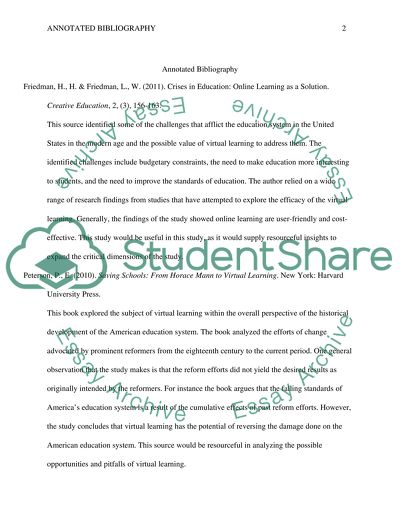Cite this document
(“Annotated Bibliography on Virtual Classroom for Middle School Research Paper”, n.d.)
Retrieved de https://studentshare.org/education/1455115-annotated-bibliography-on-virtual-classroom-for
Retrieved de https://studentshare.org/education/1455115-annotated-bibliography-on-virtual-classroom-for
(Annotated Bibliography on Virtual Classroom for Middle School Research Paper)
https://studentshare.org/education/1455115-annotated-bibliography-on-virtual-classroom-for.
https://studentshare.org/education/1455115-annotated-bibliography-on-virtual-classroom-for.
“Annotated Bibliography on Virtual Classroom for Middle School Research Paper”, n.d. https://studentshare.org/education/1455115-annotated-bibliography-on-virtual-classroom-for.


